

— Blogs —
—Products—
 Consumer hotline +8618073152920
Consumer hotline +8618073152920 WhatsApp:+8615367865107
Address:Room 102, District D, Houhu Industrial Park, Yuelu District, Changsha City, Hunan Province, China
Product knowledge
Time:2024-02-03 17:43:24 Popularity:3733

Irrigation system sensors are an important innovation in modern agricultural technology, enabling the monitoring and collection of key agri-environmental data such as soil moisture, temperature, nutrient content, air humidity, light intensity, and other information directly related to crop growth. With the data collected by these sensors, irrigation systems can achieve precision irrigation, i.e. delivering the right amount of water only when and where it is needed, thereby increasing water efficiency and reducing waste, while also optimising crop growing conditions and promoting sustainable agriculture.
In a smart irrigation system, data collected by sensors is usually uploaded via wireless communication technology to the cloud or a smart controller, where it is processed and analysed to generate irrigation instructions based on preset algorithms and crop needs. These commands can automatically control irrigation equipment, such as solenoid valves and pumps, for remote automatic control and intelligent management. Users can also monitor data in real time and perform manual control through mobile applications (APPs), making irrigation management more flexible and efficient.
Irrigation systems typically use a variety of sensors to monitor and control the workings of the system, here are some common irrigation system sensors:
 |  |  |  | 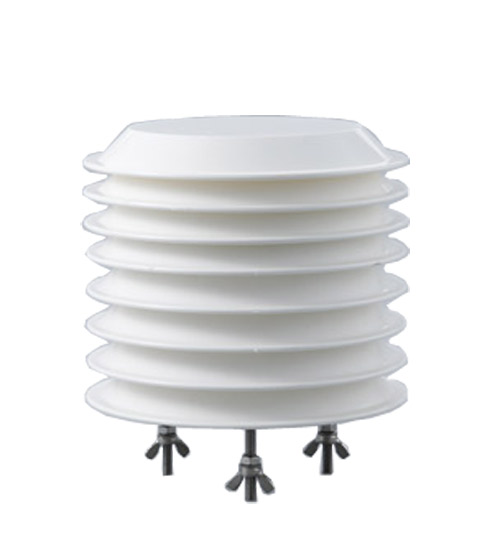 |
| Anemometer Wind Speed sensor | Wind direction sensor | Tipping bucket rain gauge sensor | Tipping bucket rain gauge sensor | Atmospheric Temperature Humidity air pressure Sensor |
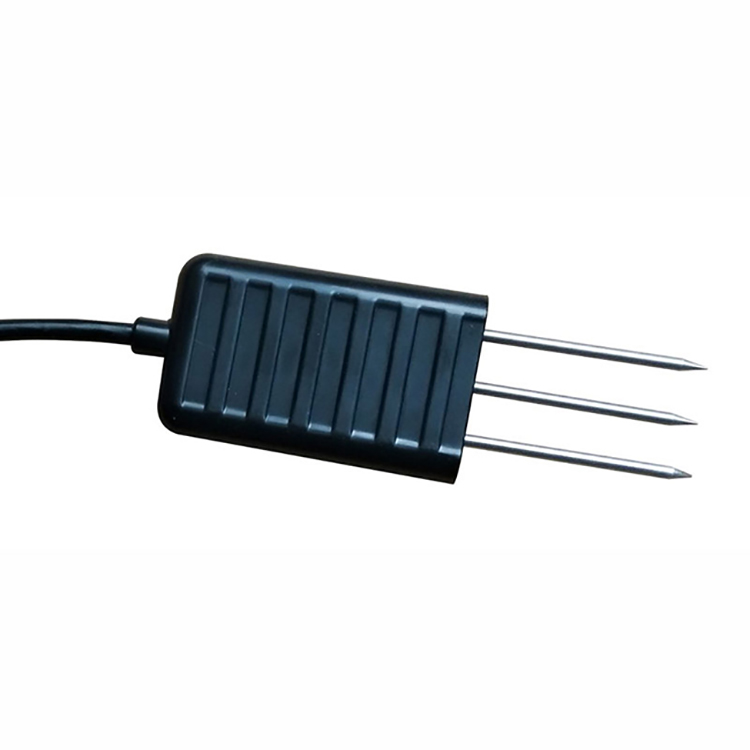 | 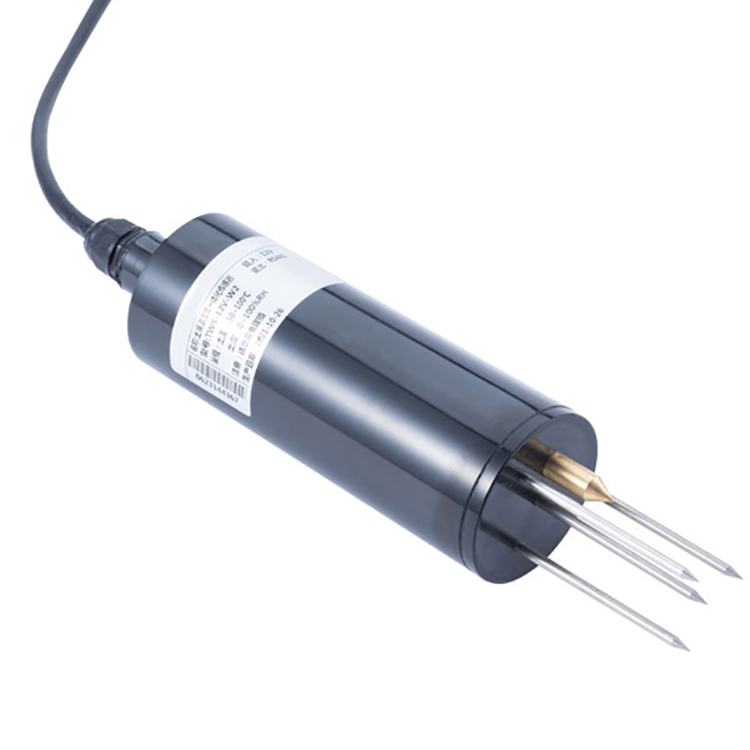 |  | 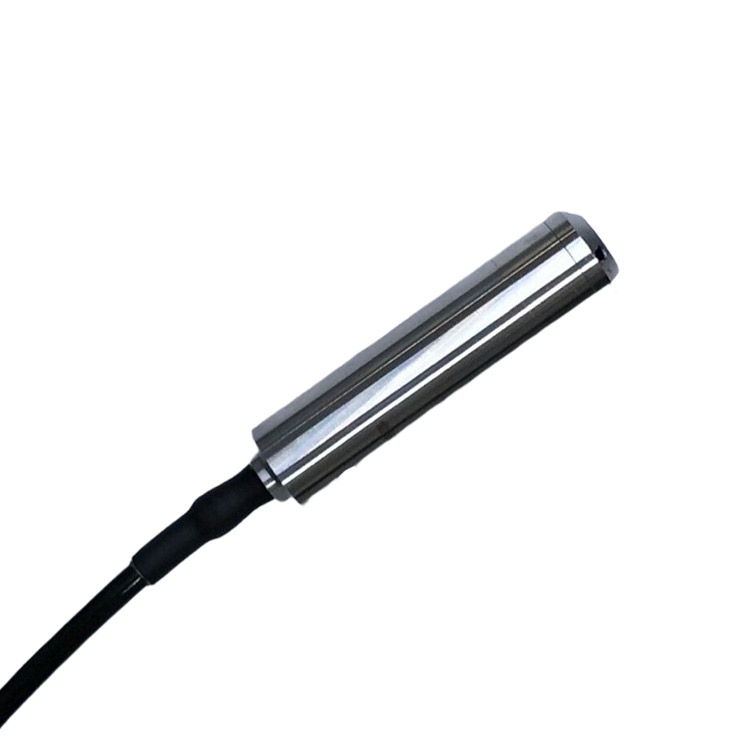 |  |
| 4-in-1 Soil Temperature Moisture EC Salt Sensor | Soil Moisture Temperature sensor | Soil pH sensor | Water level sensor | Evaporation sensor |
1. Soil Moisture Sensor: Used to measure the moisture content of the soil to help determine when irrigation is needed.
A soil moisture sensor is a sensor used to measure the amount of water in the soil and plays a vital role in an irrigation system. Its main function is to monitor the moisture content of the soil to help the farmer determine if irrigation is needed, as well as the amount and timing of irrigation.
Soil moisture sensors can be placed in various areas of the farmland. By monitoring soil moisture in different areas, farmers can understand the distribution of moisture in the soil and decide whether irrigation is needed based on the needs of the crop and the moisture content of the soil. In addition, soil moisture sensors can be combined with intelligent irrigation systems to achieve automated irrigation management. When the soil humidity is below a certain threshold, the system will automatically turn on the pump and sprinkler head to replenish the soil with water; when the soil humidity reaches a certain value, the system will automatically turn off the pump and sprinkler head to stop irrigation. This intelligent irrigation method can improve the efficiency of water use, reduce waste, while ensuring that the soil moisture required for normal crop growth.
2. Soil temperature sensor: Used to monitor soil temperature, it can influence irrigation decisions, especially in the cool or hot season.
Soil temperature sensors are usually installed in contact with the soil to provide an accurate reading of soil temperature. Data from temperature sensors can be used in conjunction with data from soil moisture sensors to help farmers better understand soil conditions and plan irrigation accordingly.
3. Flow sensors: are used to measure the flow of irrigation water or fertiliser to ensure uniformity of irrigation.
Flow meters are used to measure the amount of water passing through a pipe. They usually use mechanical or electronic technology to detect and measure water flow. Flow meters can be installed at key points in the irrigation system, such as pump outlets, irrigation pipes or drip irrigation units, to help farmers determine how much water is being used in the system and to monitor for possible problems, such as water leaks or blockages.
4. Pressure sensors: Used to monitor the water pressure in an irrigation system to ensure that the water flow reaches the intended area.
5. Level Sensor: Used to monitor the water level in the irrigation system to prevent the system from being overloaded or empty.
Water level sensors are used to measure the water level in a water source or pool. They usually use technologies such as pressure sensors, ultrasound or floats to detect changes in water level. These sensors help farmers to know the availability of water and control the amount of water withdrawn to avoid overuse.
6. pH sensors: If the irrigation water contains chemicals, pH sensors can monitor the acidity or alkalinity of the water.
7. rainfall sensor: Used to monitor rainfall to prevent soil saturation or flooding due to excessive rainfall.
Rain sensors are used to measure the amount of rainfall. They usually use precision metrology techniques to detect and record the number of raindrops or the volume of liquid. These sensors help farmers know the actual amount of rainfall so they can adjust their irrigation schedules according to weather conditions. Once the sensor detects enough rainfall, the irrigation system can be stopped automatically to avoid over-irrigation.
8. Wind speed sensor: Used in wind irrigation systems to monitor wind speed to determine the most efficient use of wind.
9. Humidity and Temperature Sensors: Used to monitor ambient humidity and temperature to help determine if irrigation is needed and how to adjust the amount of irrigation.
10. evapotranspiration meters: evapotranspiration meters are used to measure the rate of water evaporation from the soil surface. They usually consist of a container that is filled with water and can record changes in the water level over a period of time. By measuring the rate at which water evaporates, farmers can understand how much water is evaporating from the soil and adjust their irrigation schedules accordingly to avoid excessive evaporation and water loss.
These sensors can help irrigation systems achieve more accurate and smarter management, improve water use efficiency, and ensure proper plant growth.
The use of these sensors in irrigation systems has an important role and value for agriculture. Here are a few of their aspects:
1. Water conservation: Sensors can provide data on soil moisture, rainfall and evaporation rates to help farmers understand the soil and environmental conditions so that they can accurately calculate the amount of irrigation water required. By making timely adjustments to irrigation schedules, farmers can avoid over-irrigation and reduce wasted water. This helps to improve water use efficiency, reduce pressure on groundwater and river water sources, and promote sustainable agriculture.
2. Increase crop yield and quality: Sensors can monitor factors such as soil moisture and temperature to help farmers determine the optimal timing and amount of irrigation to meet the needs of their crops. By providing the right water and temperature conditions, farmers can optimise the growing environment of their plants and promote root development, nutrient uptake and photosynthesis, thereby increasing crop yields and improving quality.
3. Reducing the risk of pests and diseases: Sensors can provide real-time soil moisture and temperature data to help farmers understand the growing environment of their plants. By precisely controlling the amount and frequency of irrigation, farmers can reduce the risk of plant infestation by pests and diseases. Excessively wet soil can lead to root rot and disease growth, while dry conditions can leave plants vulnerable to mites and other pests. Sensors can help farmers make timely adjustments to their irrigation strategies to minimise crop damage from pests and diseases.
4. Improving agricultural management efficiency: Real-time data provided by sensors can be combined with automation and remote monitoring technologies for smart management of irrigation systems. Farmers can monitor and control the irrigation system through mobile phone apps or computers, access irrigation data anytime and anywhere, and operate remotely. This saves time and labour costs and improves the efficiency and reliability of the irrigation system.
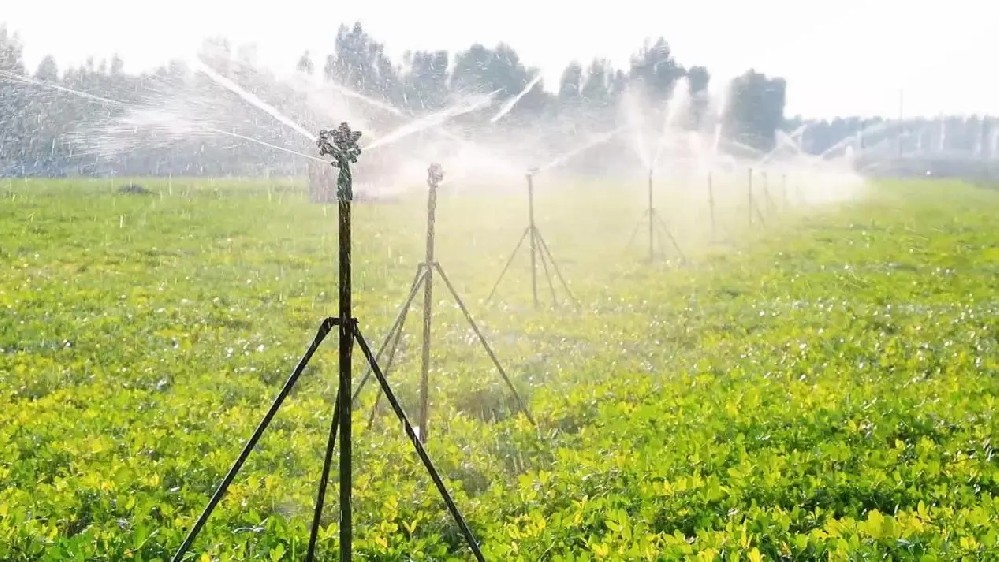
In summary, the use of sensors in irrigation systems plays an important role in agriculture. They can help farmers manage water resources more scientifically, improve crop yield and quality, and reduce the risk of pests and diseases, while increasing the efficiency and sustainability of agricultural management.
Related recommendations
Sensors & Weather Stations Catalog
Agriculture Sensors and Weather Stations Catalog-NiuBoL.pdf
Weather Stations Catalog-NiuBoL.pdf
Related products
 Combined air temperature and relative humidity sensor
Combined air temperature and relative humidity sensor Soil Moisture Temperature sensor for irrigation
Soil Moisture Temperature sensor for irrigation Soil pH sensor RS485 soil Testing instrument soil ph meter for agriculture
Soil pH sensor RS485 soil Testing instrument soil ph meter for agriculture Wind Speed sensor Output Modbus/RS485/Analog/0-5V/4-20mA
Wind Speed sensor Output Modbus/RS485/Analog/0-5V/4-20mA Tipping bucket rain gauge for weather monitoring auto rainfall sensor RS485/Outdoor/stainless steel
Tipping bucket rain gauge for weather monitoring auto rainfall sensor RS485/Outdoor/stainless steel Pyranometer Solar Radiation Sensor 4-20mA/RS485
Pyranometer Solar Radiation Sensor 4-20mA/RS485
Screenshot, WhatsApp to identify the QR code
WhatsApp number:+8615367865107
(Click on WhatsApp to copy and add friends)